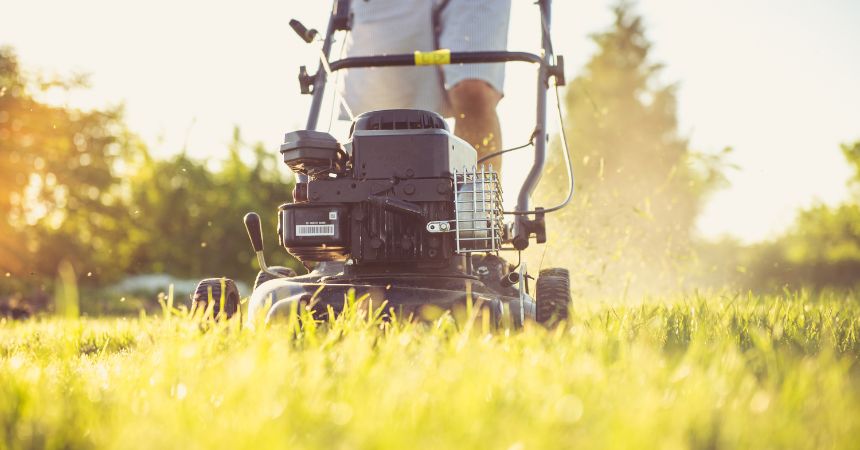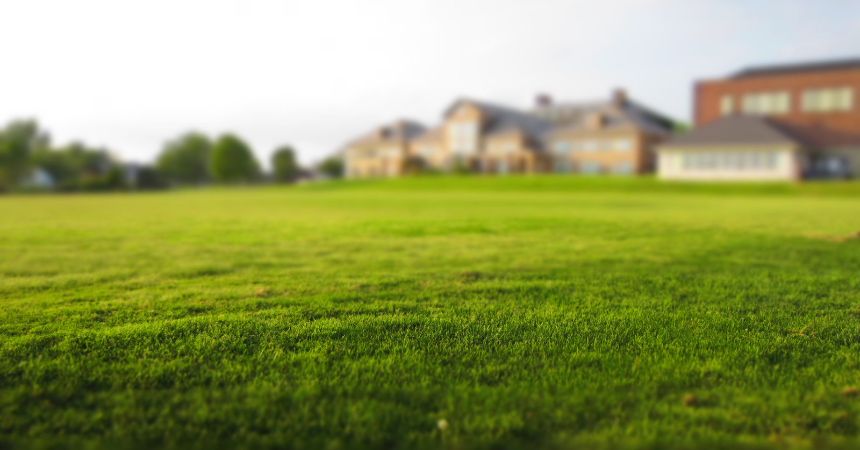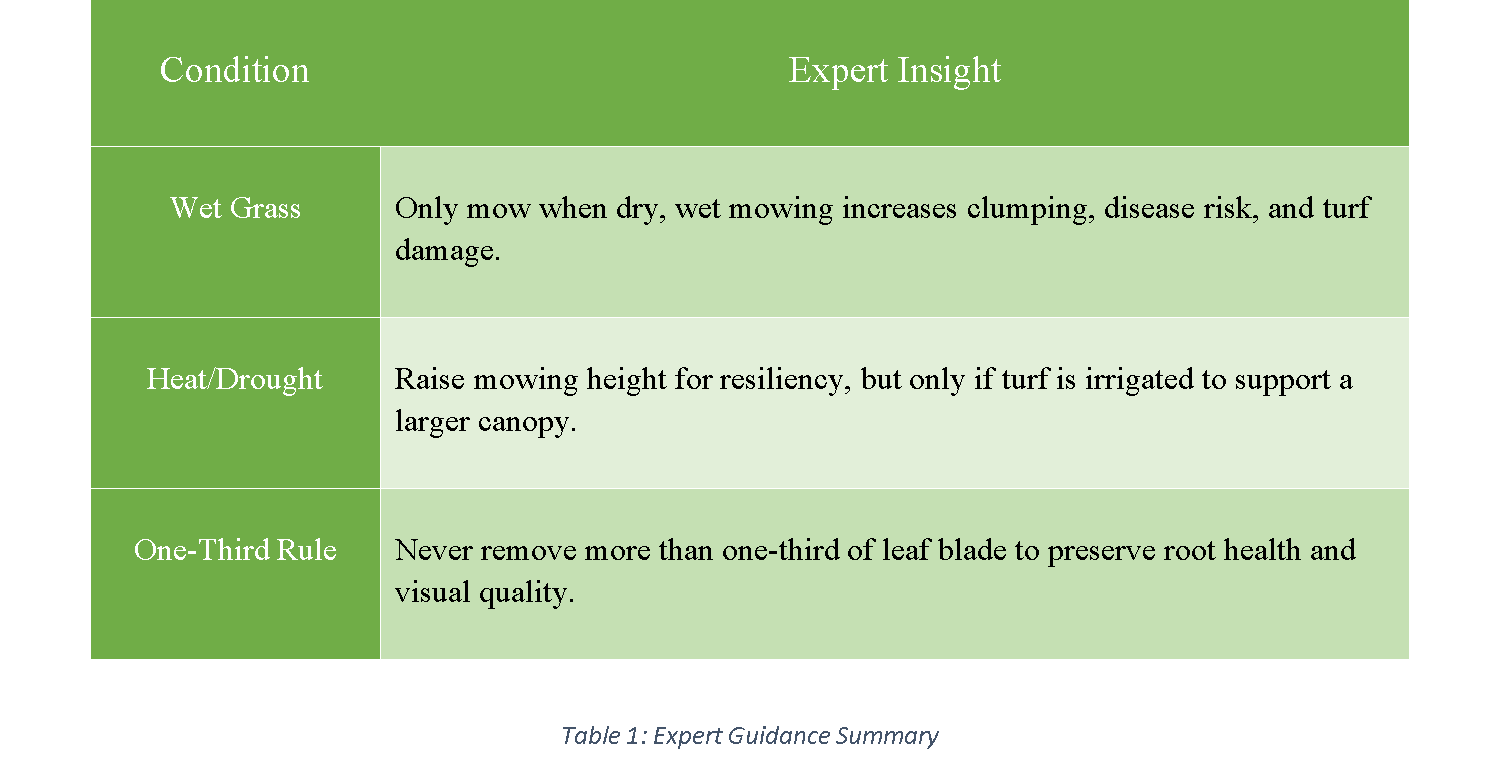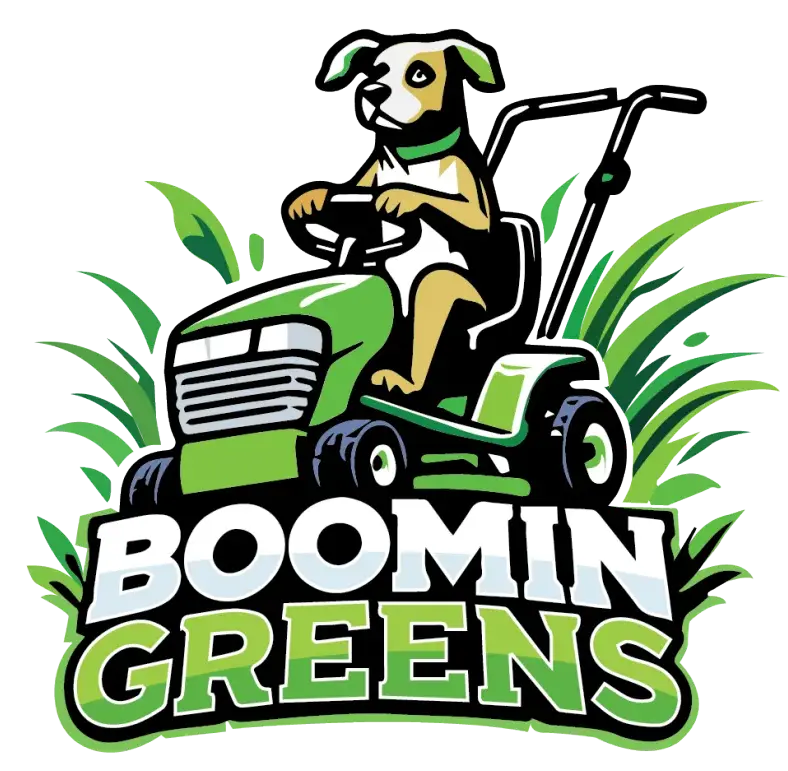What Is the Best Time to Mow Your Lawn?
The best time to mow your lawn is mid-morning, between 8:00 and 10:00 a.m., with late afternoon 4:00–6:00 p.m. as the second-best option. Researches show that timing your mowing to avoid periods of prolonged leaf wetness can help reduce the risk of fungal issues, such as dollar spot (Sclerotinia homoeocarpa), which builds up in moist conditions.
Experts at the Kansas State University Environmental Division say that cutting grass in the middle of the morning is preferable since the grass is dry and the heat of the day doesn’t stress the plants or burn the tips of the leaves. Mowing in the late afternoon is also fine because it lets the grass cool down after the hottest part of the day while still drying out before nightfall, which stops the growth of fungi.
Mowing during midday heat or in the evening, often increases turf stress and disease risk, so we must avoid cutting grass at that time.

What Factors Should You Take Into Account When Choosing Mowing Time
The ideal mowing time depends on several environmental and grass-health factors, such as grass dryness, temperature, grass recovery period, and mowing height and frequency.
- Grass Dryness: Mow when the grass is dry to prevent clumping, uneven cuts, and the spread of fungal diseases.
- Temperature: Aim for cooler parts of the day, such as mid-morning or late afternoon, to reduce stress on grass and avoid heat-related wilting.
- Grass Recovery Period: Choose a time that allows the grass several hours of daylight for recovery before nightfall, as moisture from evening dew can promote disease.
- Mowing Height and Frequency: Follow the one-third rule, cutting no more than one-third of the grass blade at a time, to maintain healthy root growth and minimize stress.
What Is the Best Time to Mow Your Lawn in Summer?
Mid-morning between 8:00 and 10:00 a.m. is most ideal time to cut grass throughout the summer.
Researchers at Kansas State University Horticulture Division suggest that mowing around 8 a.m. is ideal because it avoids the hottest portion of the day when turfgrass is more likely to lose water and become stressed from the heat.
The University of Florida says to cut the grass when it’s not too hot and the grass is dry, since the high sun can hurt leaf tissue and make it harder for plants to do photosynthesis. Mowing in the middle of the morning in the summer gives the grass time to recover before it gets too hot in the afternoon. It also makes the plant less stressed.
What Is the Best Time to Mow Your Lawn in Fall?
The best time to mow in the fall is in the late morning, between 9 and 11 a.m.
When you mow at this time, the morning dew has time to dry, which lowers the risk of fungus diseases that are common when it’s cold and wet in the fall. The University of Illinois Agriculture Division says that cutting the grass when it is dry and the weather is warm helps keep the grass healthy before winter inactivity.
The reason is that wet conditions can make the grass clump together and the soil become packed. If you mow your lawn in the late morning in the fall, it will be dry enough for a clean cut, and you will escape the cooler, shadier late afternoon, when drying slows down.
What Is the Best Time to Mow Your Lawn in Winter?
Mow your lawn only when the grass is still growing in the winter, and it’s best to do it late in the morning when the frost has melted and the grass is dry. For best results, mow your lawn “until top growth stops”, which usually happens in late fall or early winter, states the University of Wisconsin Horticulture Division.
The chance of snow mold and damage from mice will be lower. According to Southern Living, mowing may still be needed every three to six weeks if the grass keeps growing into winter. But only when the soil is not frozen and the grass is dry, so as not to damage the yard.

What Is the Best Time to Mow Your Lawn in Spring?
Late morning to noon in the spring are the ideal times for lawn mowing since the grass is dry and grows rapidly. This usually happens when the soil temperature rises over 50 °F and the grass is approximately one-third higher than the height you want to cut it.
In late spring, boosting the mower height helps cool-season grasses keep their roots deeper and better handle stress. Mowing may resume in the spring (around the end of April or beginning of May) when grass begins to grow again, states the University of Minnesota Horticulture Division, although the precise time of this transition is conditional. As the earth heats up and the grass starts to grow again, mowing is needed to keep the height and energy use in check.
What Do Experts Say About Mowing in Different Conditions?
Mowing When Grass Is Wet
Turfgrass specialists from the University of Massachusetts Agriculture Division and the University of Missouri emphasize that mowers perform best and cause the least harm when grass is dry, as this promotes smooth operation while reducing clumping and disease risk.
They also caution that turfgrass mowed below its optimal height, particularly if it is mowed wet, becomes more vulnerable to disease. These recommendations, based on turf management research and field trials, highlight that dry grass ensures cleaner cuts and healthier recovery.
According to the University of Ohio, the right time to mow your lawn during a continuous rainfall is to mow while it’s wet instead of waiting for it to dry.
Mowing During Heat or Drought
When it’s dry, boosting the height of the mower blade will help it survive dryness. The University of Florida Environmental Division suggests keeping a higher cutting height to increase leaf area, improve photosynthesis, and encourage deeper root systems that help grass deal with stress. Experts from Purdue University add that, regardless of either of the situations and time of the day, the lawn should be properly watered before mowing.
Adhering to the "One-Third Rule"
Mowing schedules should follow the one-third rule, which means never cutting your grass more than one-third of the turf blade at a single mowing. This timing-based approach, supported by studies on tall fescue and Kentucky bluegrass, helps maintain lawn health, reduce mowing frequency, and preserve both visual quality and root vigor.

What Is the Best Time to Mow New Grass After Fertilizing?
The optimal time to mow fresh grass is usually 24 to 48 hours later, when the fertilizer has had time to penetrate into the ground and the grass blades have dried. If you mow too soon, you can take off fertilizer grains that are still on the grass blades. This can make the fertilizer less effective and cause the grass to grow unevenly.
Waiting for, at least, a day will help make sure the nutrients go to the roots correctly. Different kinds of fertilizers (slow-release vs. quick-release) and grass species may have a little effect on time. It’s also essential to only mow when the grass is dry and the ground is solid so that you avoid harming the grass or compress the soil.
What Is the Best Time of Day to Mow Lawn in Oklahoma Heat?
In Oklahoma’s scorching summers, the ideal lawn cutting window is early morning, once the dew has evaporated, usually between 8 and 10 a.m. or late afternoon after 4 p.m. when the sun begins to ease. The afternoon heat can be harmful to grass and cause it to lose water, so one of these timeslots will help keep your lawn in a better condition.
The Oklahoma State University Horticulture Division claims that when temperatures go beyond 85°F to 90°F (29°C to 32°C), you should not mow. Mowing in exceptionally hot weather stresses the grass, which makes it become brown, wilt, and take longer to heal. The blades of a lawnmower may burn newly cut grass in extreme heat and sunshine, which can spread illness and eventually damage the grass.
